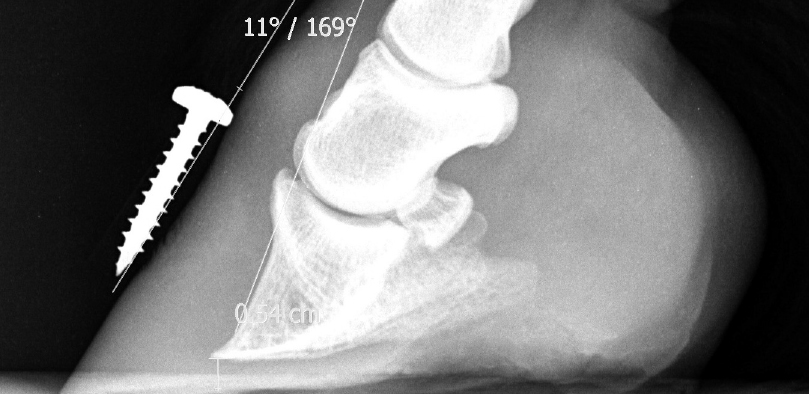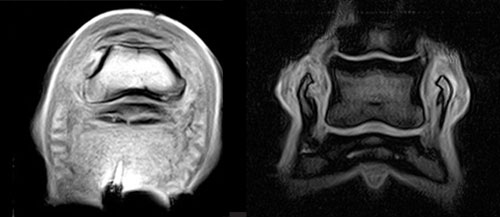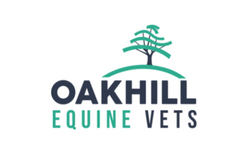Articles
Stay informed with our topical articles, all written by our equine vets.Covid-19 Equine Latest
During these unprecedented times, we are closely following the guidance issued by our governing body, the Royal College of Veterinary Surgeons (RCVS). We are entirely committed to protecting the health of the public, our clients and our staff, whilst maintaining the highest possible standard of care for your horses. As of Tuesday, April 14th the RCVS […]
Read More
Our equine team and services
Oakhill Equine Vets is a 12-vet dedicated, equine-only team. We are extremely lucky at Oakhill to have a highly qualified equine veterinary team with 111 years experience between them! Guy and Rosie are both European and RCVS recognised specialists in Equine surgery and lameness. We also have two vets with RCVS advanced practitioner status, Jess […]
Read More
Laminitis
10 take home points about Laminitis Laminitis is an incredibly painful and debilitating condition which, in severe cases, can result in the loss of the affected patient. Laminitis is defined as inflammation of the laminae which in turn results in pedal bone instability meaning that the pedal bone may sink (founder) or rotate. The primary […]
Read MoreCovid 19 Update
Following the Prime Minister’s announcements and advice from our professional bodies, we are moving to a service where we no longer provide any ROUTINE veterinary care. This is to ensure the health and safety of our staff and our clients, and to strictly adhere to social distancing policies as set out by the government. We […]
Read MoreEquine Standing MRI – what to expect
What to expect when your horse has a standing MRI. Using the right tools early in the lameness process to get a definitive diagnosis will allow you and your vet to devise the right treatment plan, hopefully getting your horse back to full fitness as quickly as possible. The clear images from MRI allow vets […]
Read More
Why MRI?
Our equine clinic has the most technologically advanced standing MRI machine available, used for both clients and those referred from other veterinary practices. Often during a lameness work-up, your vet will use ‘nerve blocks’ to locate where the pain is coming from. This may then be followed with X-ray or ultrasound examinations, but because these […]
Read More